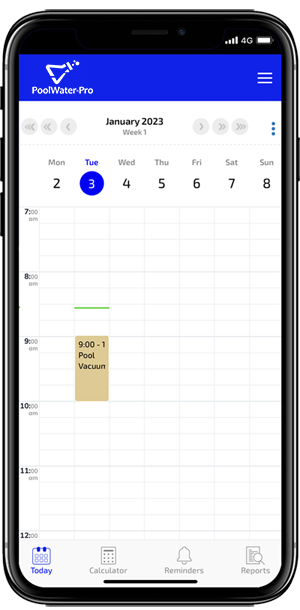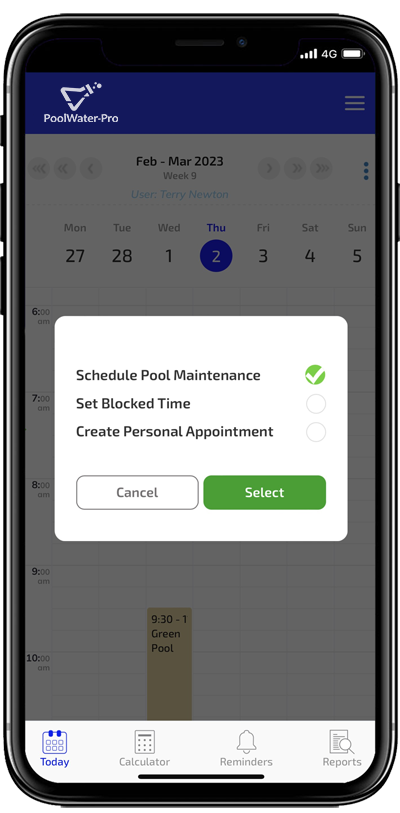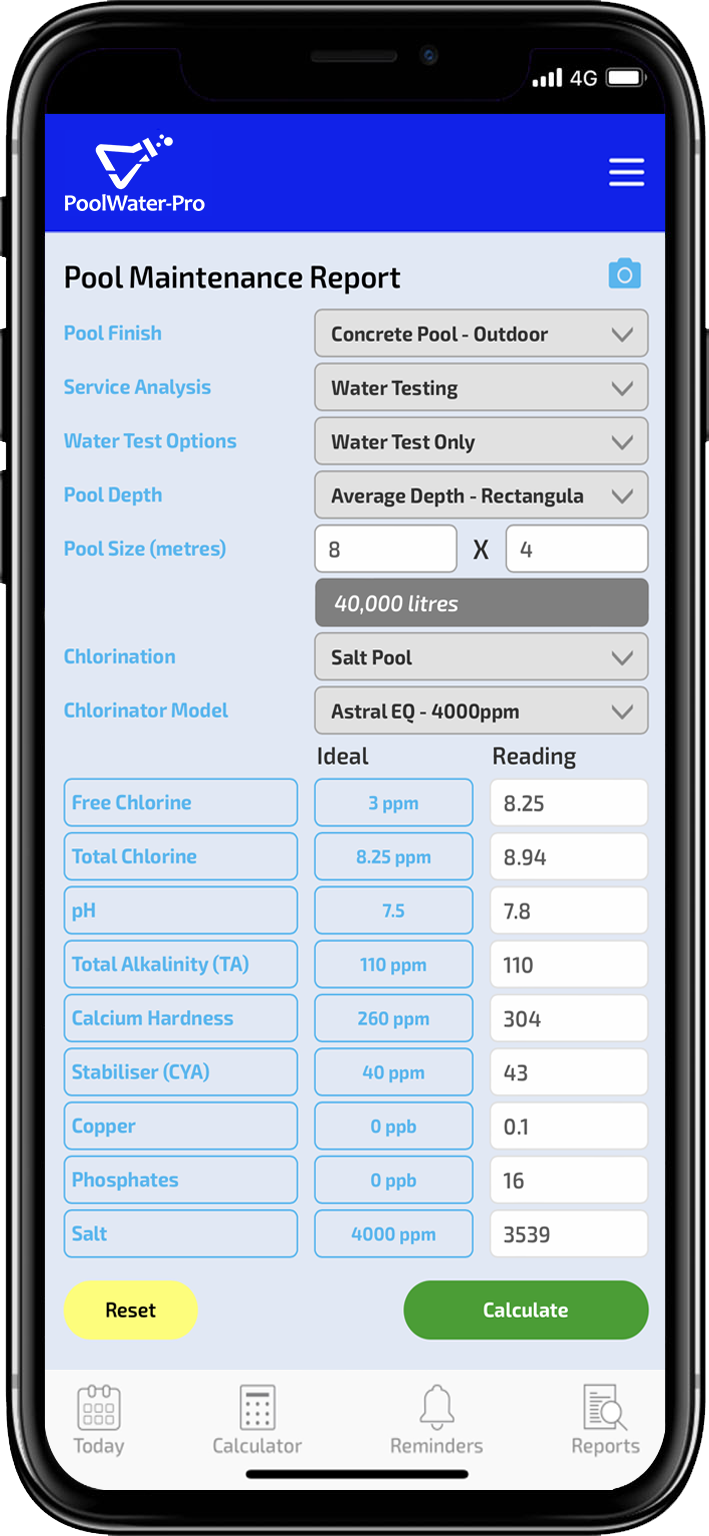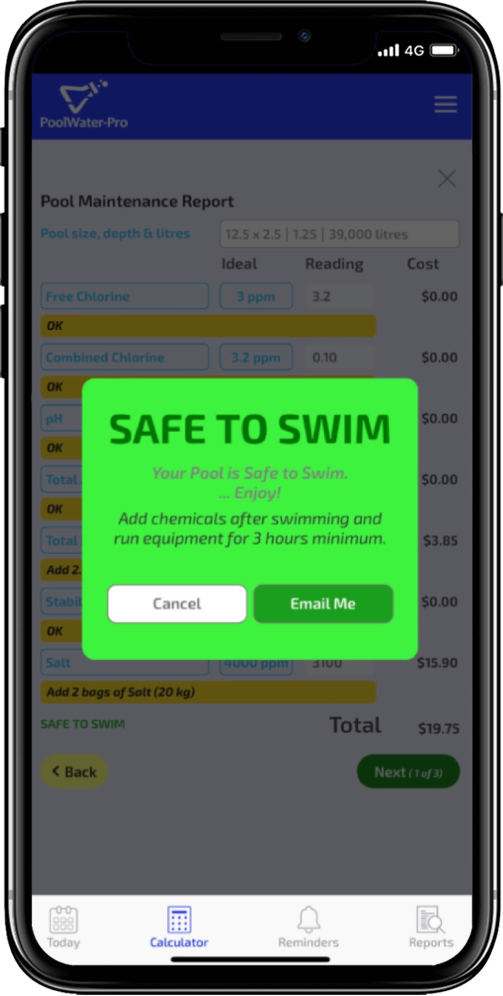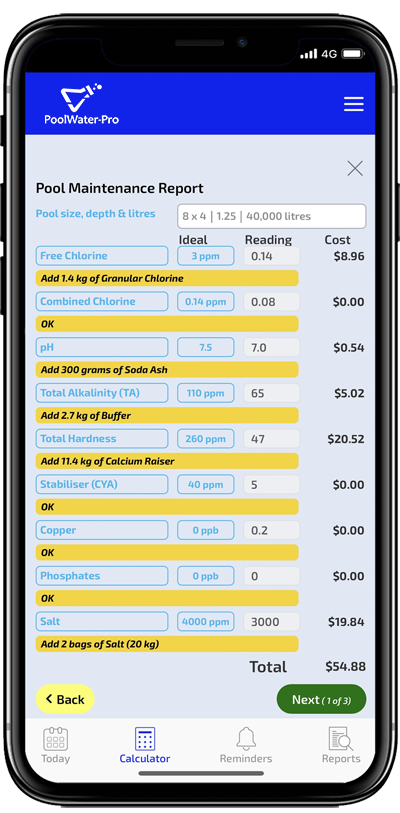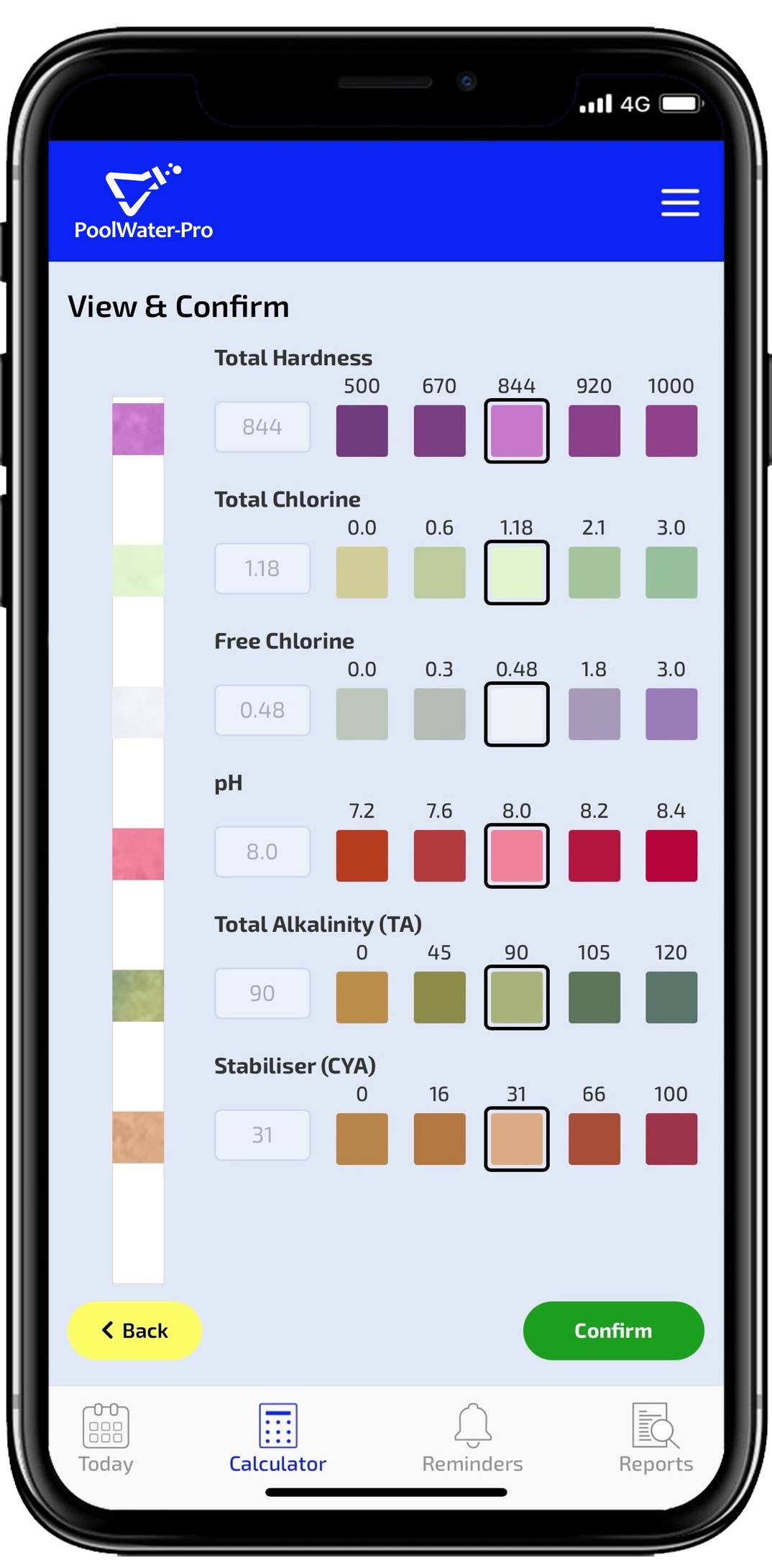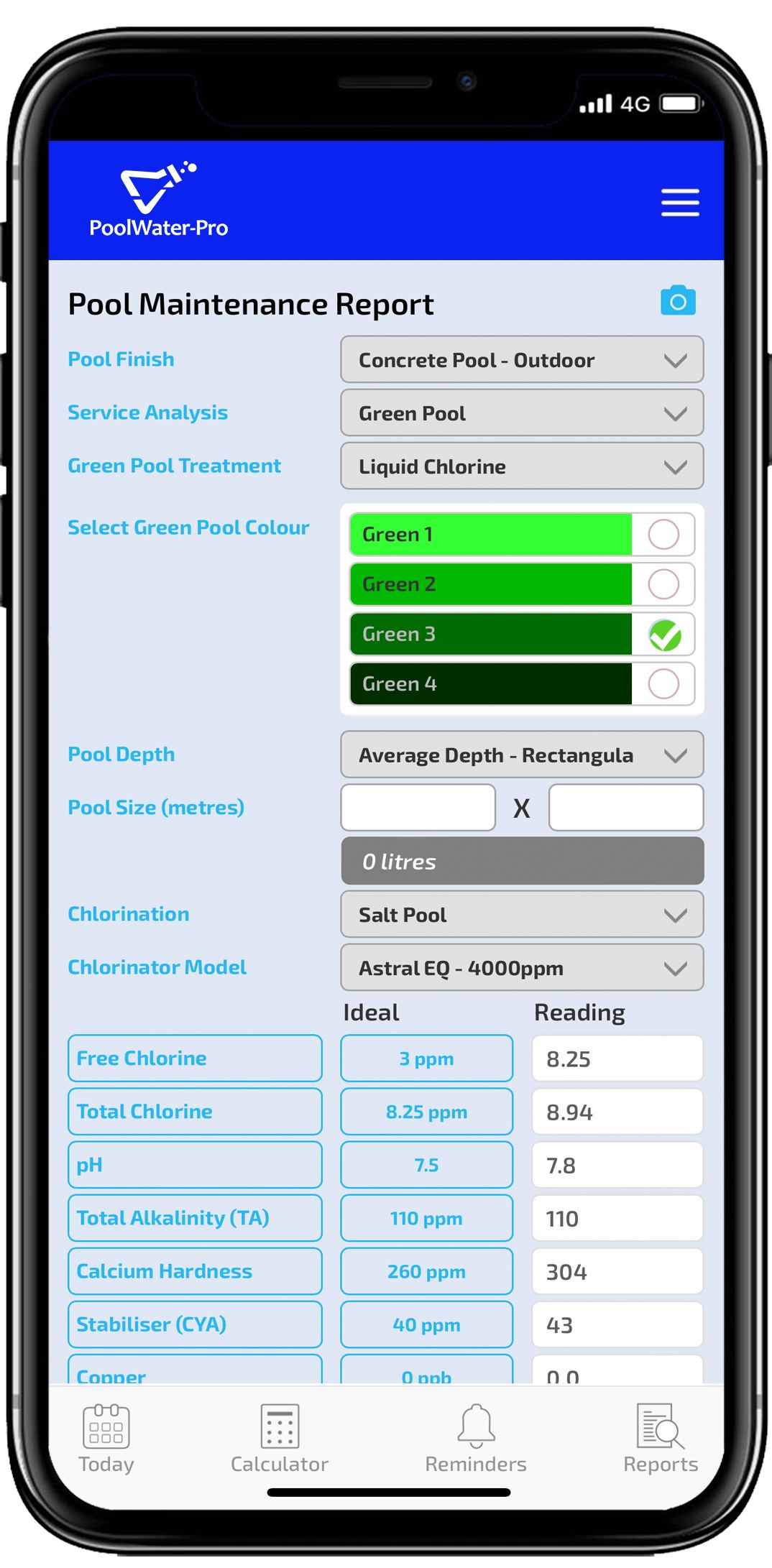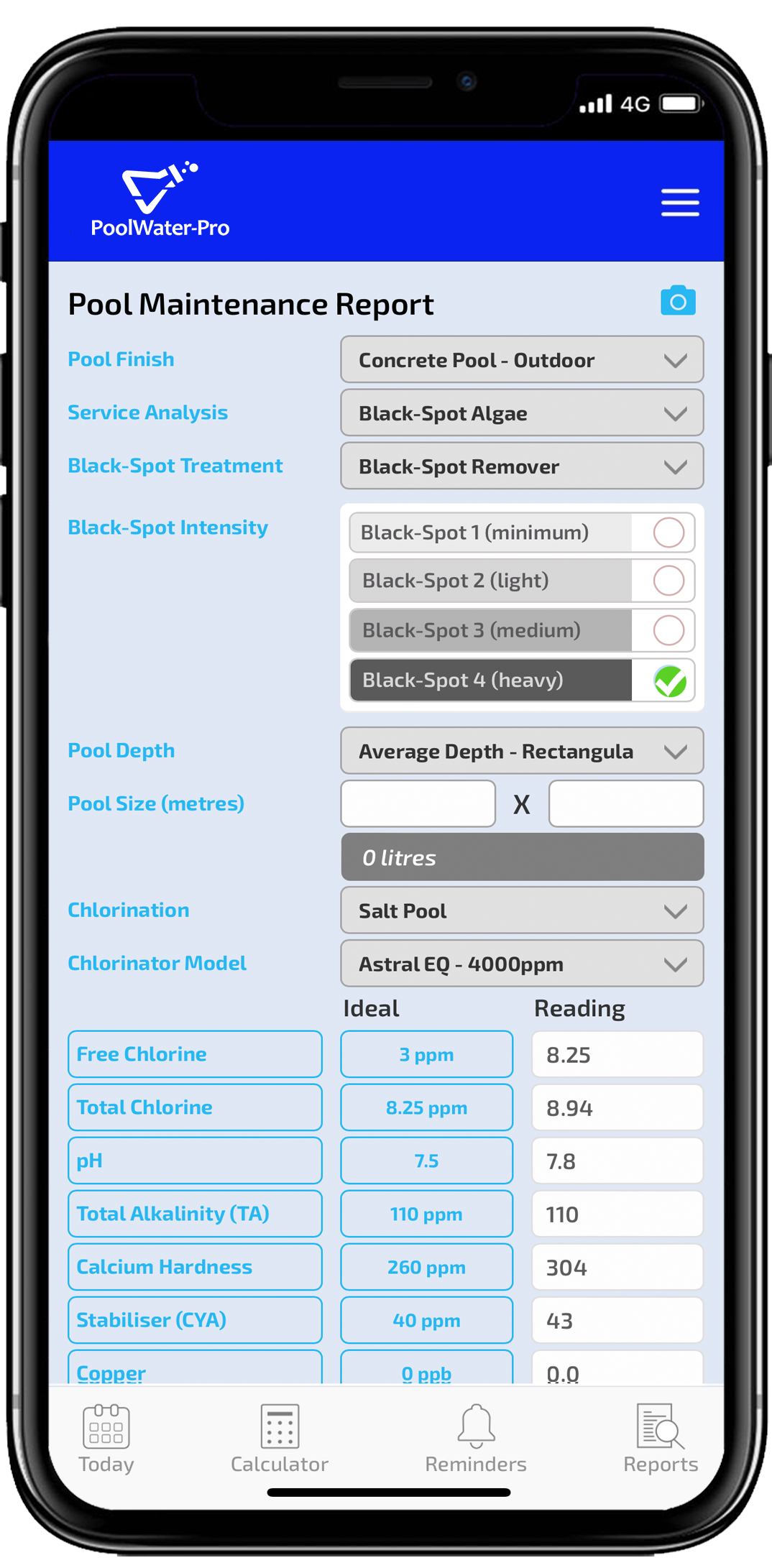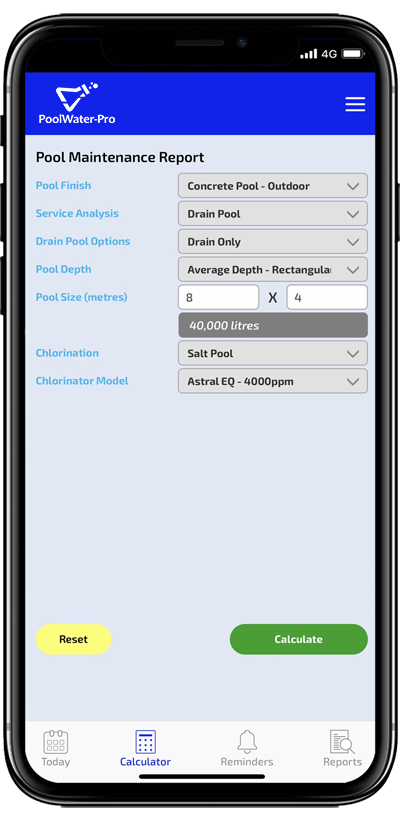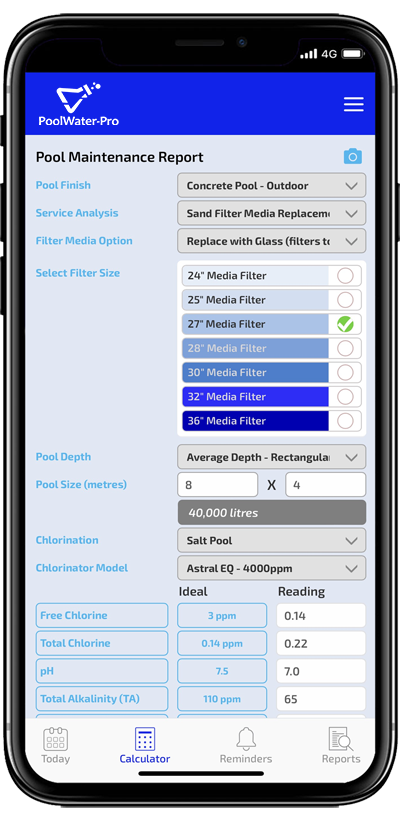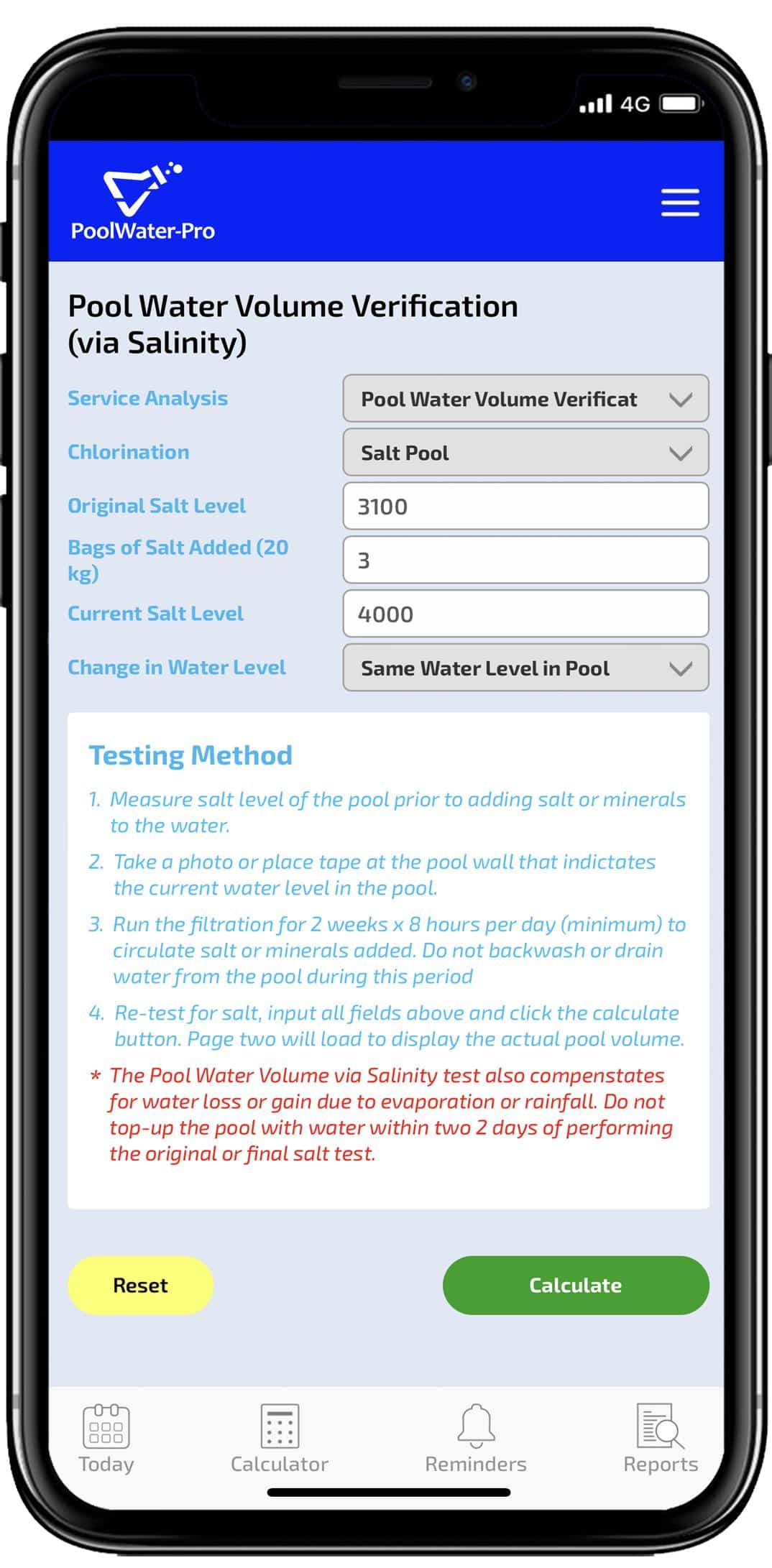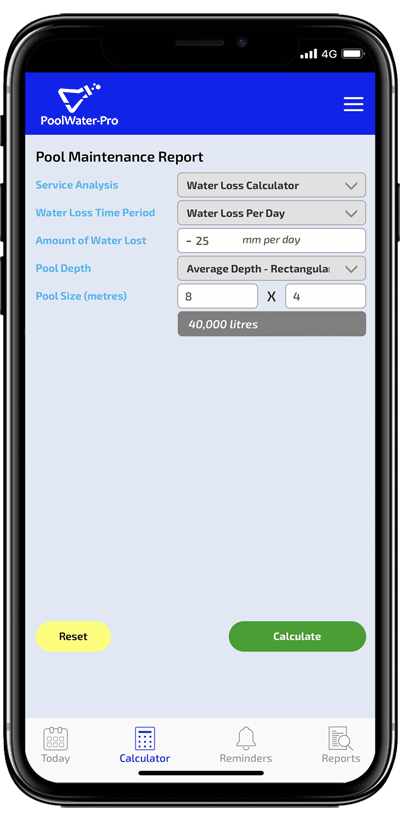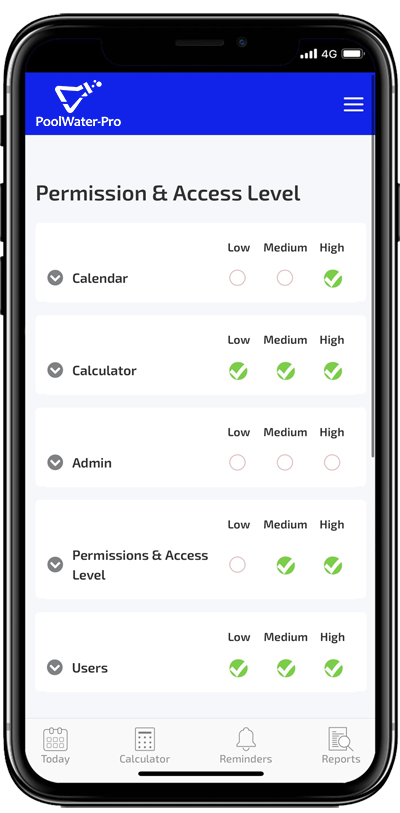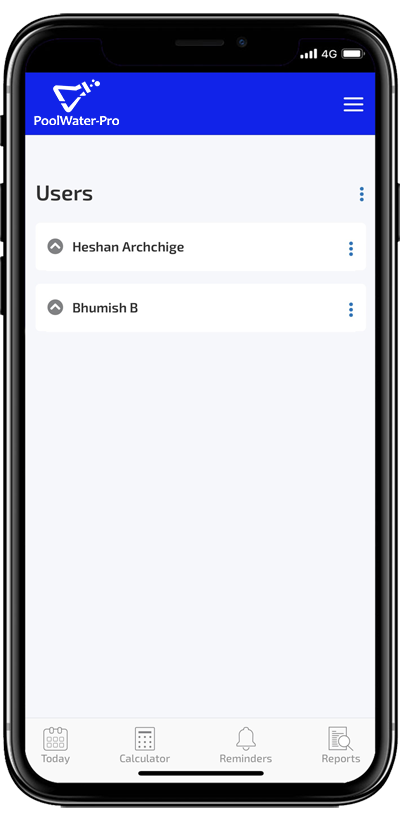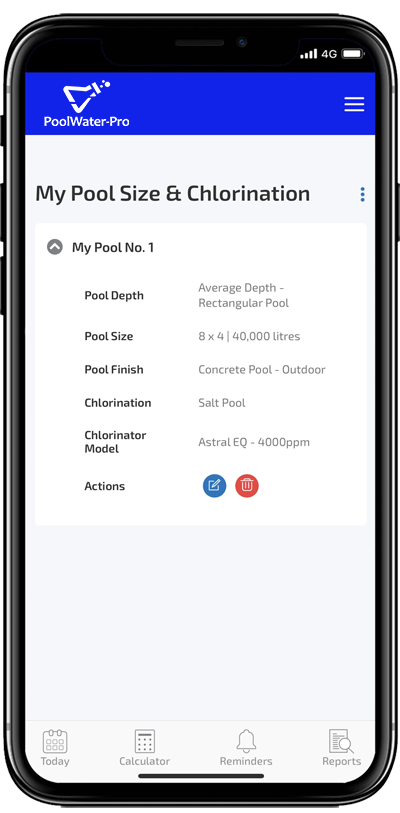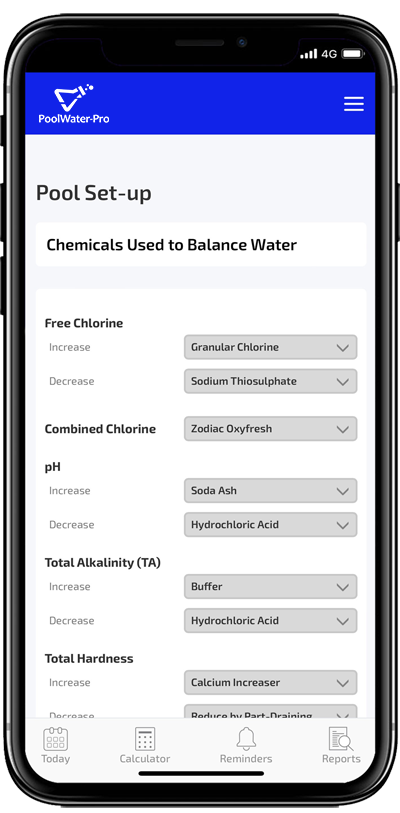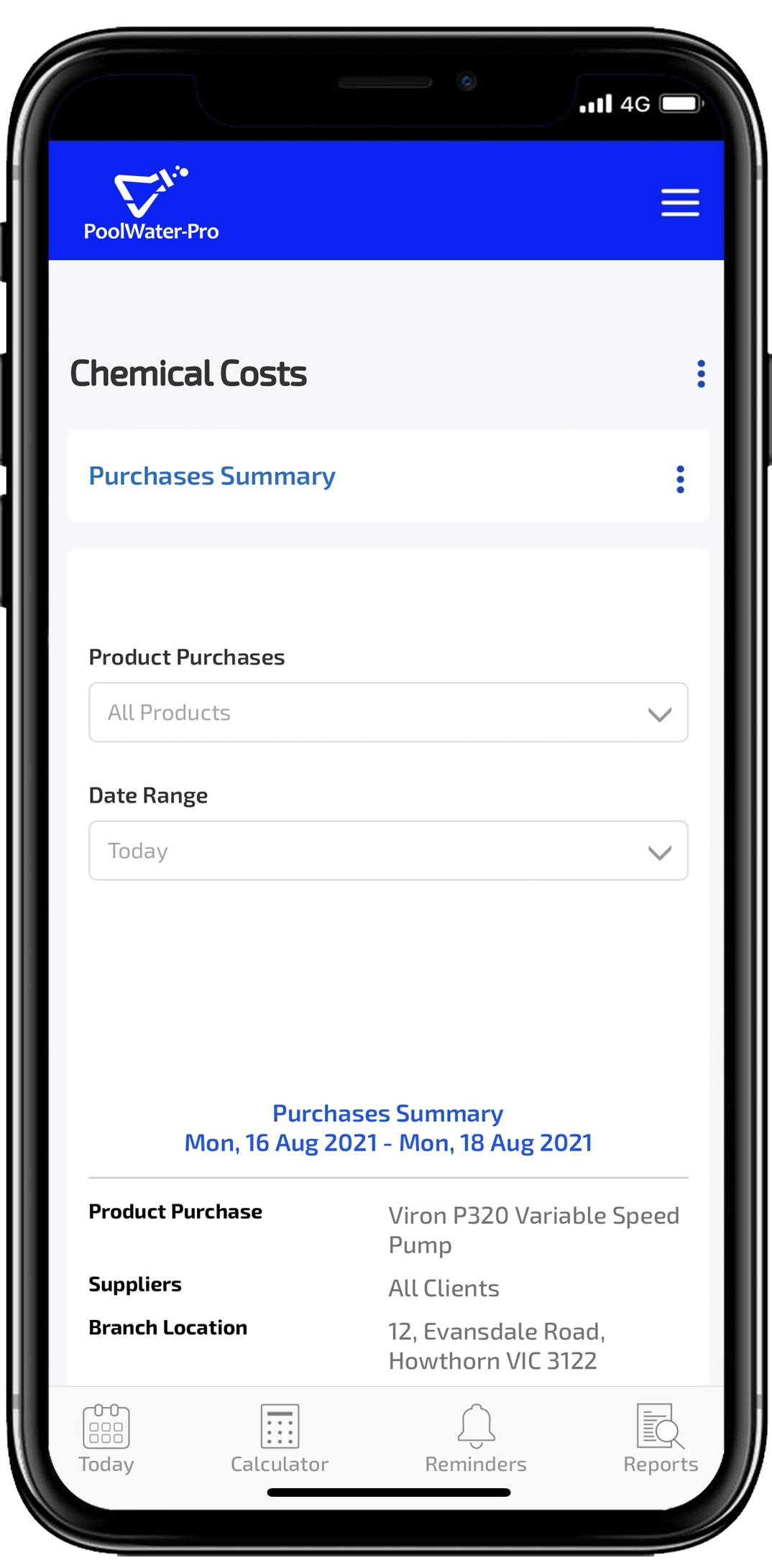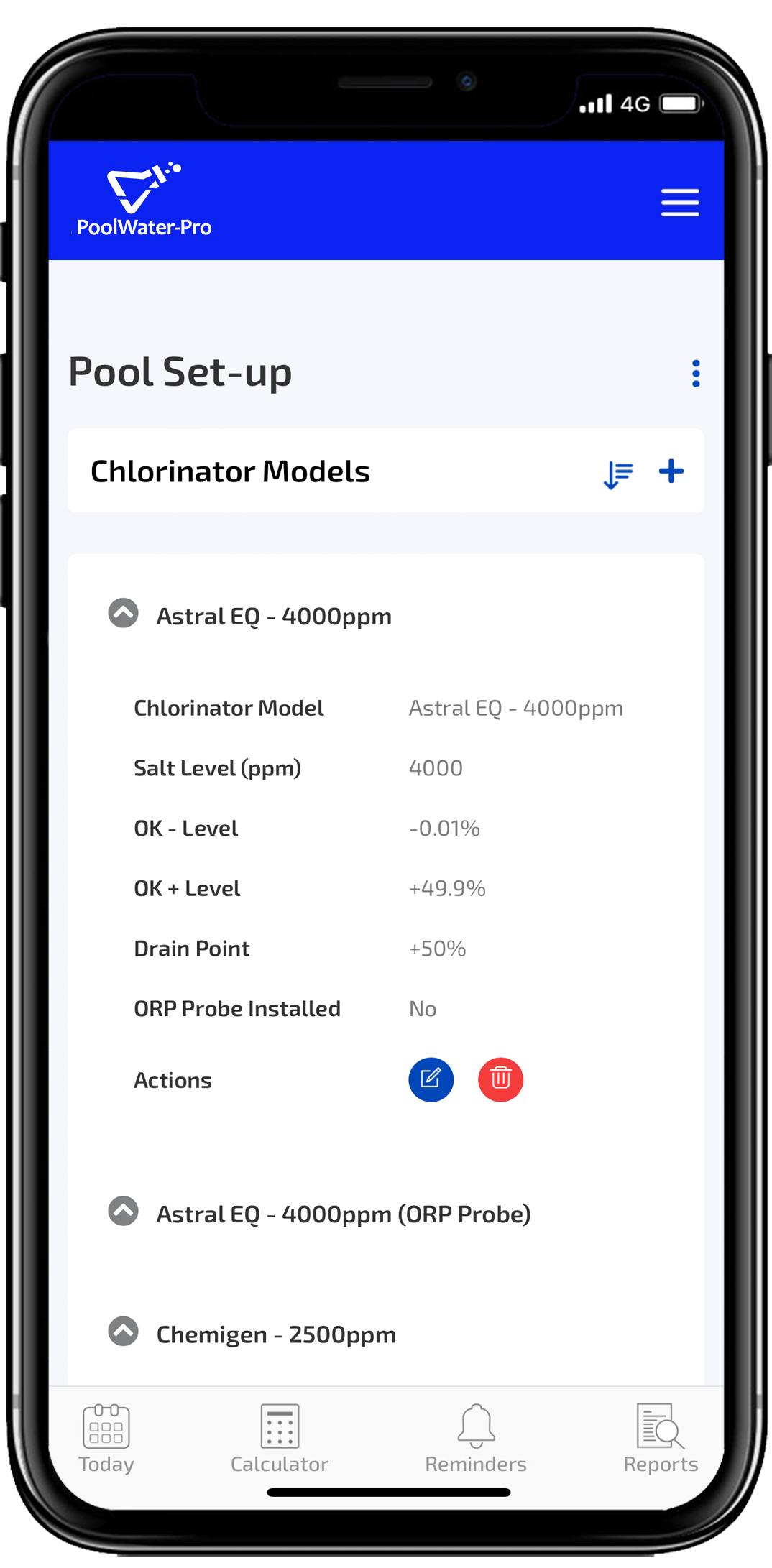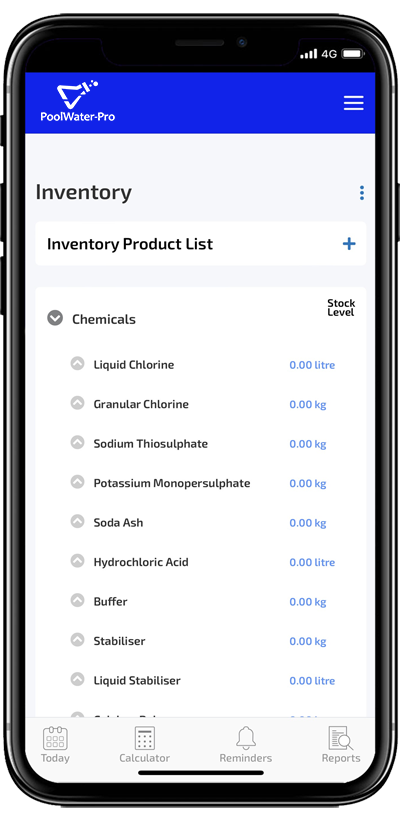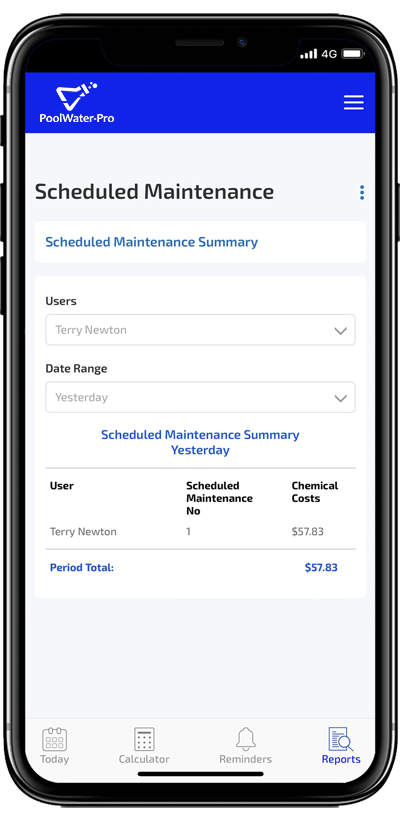Media Filter (Sand Filter) & Cartridge Filter Comparison
The usual configuration for a pool filtration system is to have a pool pump, filter and chlorinator connected together by pipe-work. The pool pump takes water from the pool, which then passes through the filter and chlorinator before being returned to the pool. Media filters and cartridge filters are the two most common filters used in swimming pools. Both filters do the important job of capturing fine particles and removing other contaminants (dust, hair, oils) from the pool, but both are different in their effectiveness and maintenance requirement.
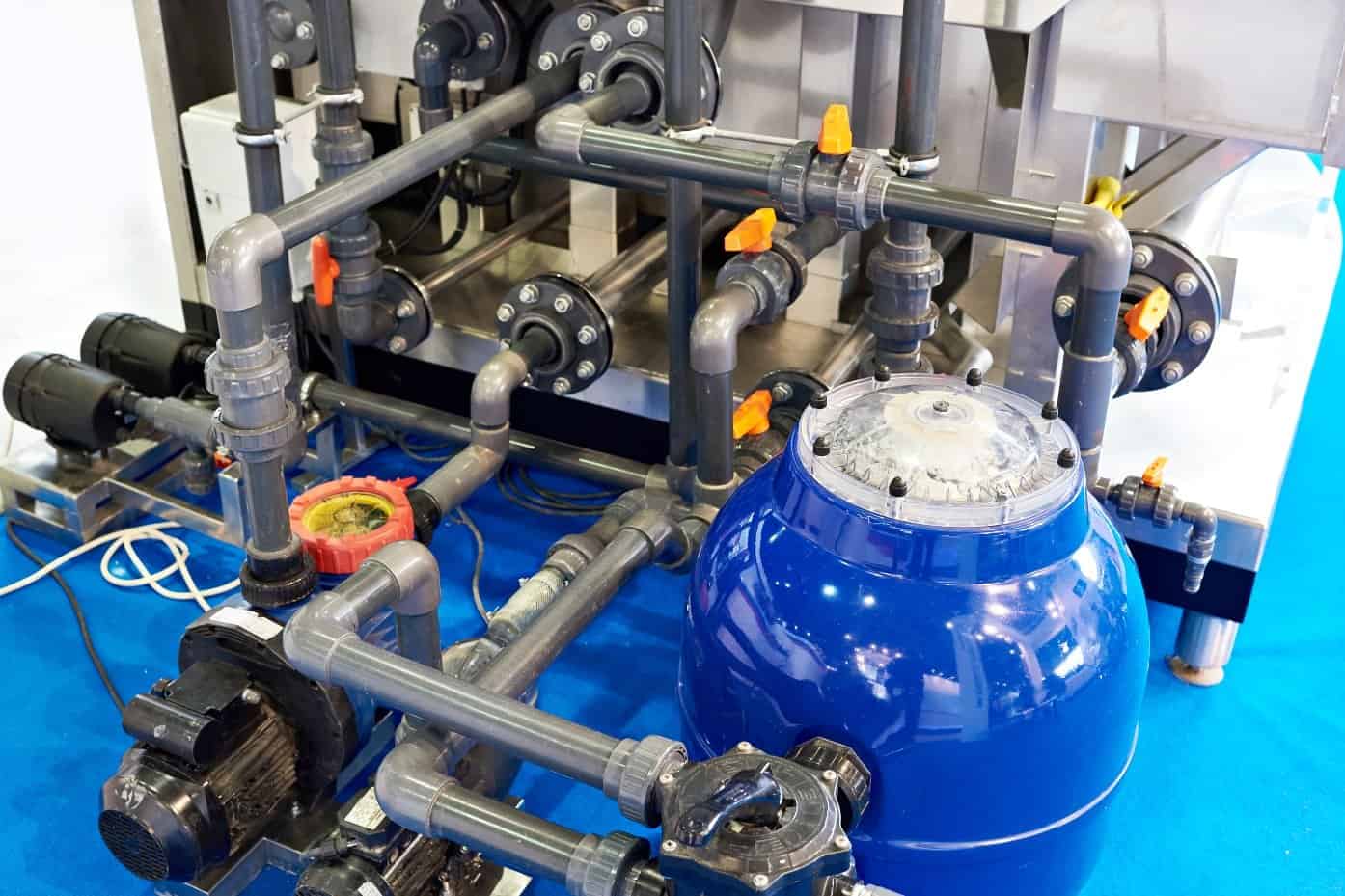
- Media Filters (also known as sand filters)
- Cleaning Method
- Cartridge Filters
- Cleaning Method
Media Filters (also known as sand filters)
Media filters use glass or sand as the medium for filtering. Sand can trap particles as small as 20-25 microns, Glass media can achieve much finer and can filter particles down to 2-5 microns. As a comparison, a grain of table salt is 100 micron, human hair is approximately 75 microns and we can see a 40 micron dirt particle (with good eyesight).
As particles become trapped in the glass or sand, it restricts water flow. The filter will need to be back-washed approximately once per month to remove the build-up of collected contaminants.
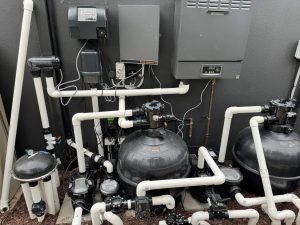
Cleaning Method
- Turn the pool pump off either at the wall, chlorinator, power switch, timer or the pump itself;
- Rotate the multi-port valve located at the top of the filter from “Filter” to “Backwash”. This is done by depressing the back of multi-port handle and rotating 180 degrees. Backwash position is always opposite to the filter position, regardless of manufacturer;
- Turn the pump on and run for 30 seconds longer than the viewing window on the filter takes to turn clear, then turn the pump off;
- Rotate the multi-port valve to “Rinse” position, turn the pump on and run for 30 seconds;
- With the pump off, rotate the pump back to the “Filter” position and return the system back to running on auto at the chlorinator, power switch or timer.
PROS
- Easy maintenance (backwashing & rinsing);
- Inexpensive over the life of the filter (no cartridges to replace);
- Sand media lasts 5-6 years;
- Glass media has 10-12 year life (made from recycled glass & can trap particles as fine as 2-5 microns).
CONS
- Requires backwashing and rinsing;
- Wastes water through backwashing and rinsing;
- Sand media can only filter down to 20-25 microns;
- Requires the most pressure, making it less energy efficient.
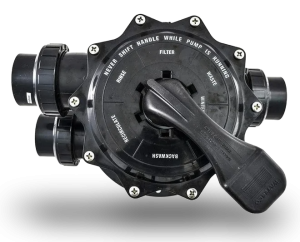
Cartridge Filters
The cartridge filter uses a paper-like cartridge known as a filter element to filter the pool water, trapping particles down to 10 microns in size.
A cartridge filter uses less water pressure to work, so there is less strain on the pump. After time the collected particles in the cartridge will restrict water flow and the cartridge will need to be cleaned or replaced.
Manufacturers recommend that filter elements are removed and cleaned monthly. This can be done with a hose and or soaking the cartridge in a mild detergent solution and rinsing thoroughly afterwards.
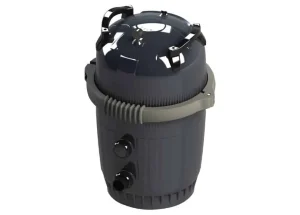
Cleaning Method
- Turn the pool pump off either at the wall, chlorinator, power switch, timer or the pump itself;
- Remove the lid of the cartridge filter and remove the filter element. If the equipment is below the pool water level, valves will need to be turned off at the suction and return lines during this process;
- Clean the filter element with a hose, do not use a pressure washer or other high-pressure methods;
- Rinse with water from top to bottom and progressively rotate the filter element until all of it is cleaned;
- Insert the filter element back into the cartridge filter and put the lid back in place;
- If there were valves closed, open them again and turn the pump on to check for leaks at the lid of the cartridge filter;
- Return the system back to running on auto at the chlorinator, power switch or timer.
- Deep clean the filter element every 6 months. Soak the filter element in a cartridge filter cleaning solution and follow the manufacturer’s instructions.
PROS
- No backwashing;
- Performs well at lower speeds (perfect for variable-speed pumps);
- Greater surface area for filtering fine particles as small as 10 microns;
- Helps conserve water.
CONS
- More time consuming to maintenance than media filters;
- Need to replace filter cartridges (approximately every three years);
- No ability to vacuum to waste (without valves being plumbed-in);
- Have to deep-clean the cartridges 1-2 times per year.

Media filters use glass or sand as the medium for filtering. Sand can trap particles as small as 20-25 microns, Glass media can achieve much finer and can filter particles down to 2-5 microns. As a comparison, a grain of table salt is 100 micron, human hair is approximately 75 microns and we can see a 40 micron dirt particle (with good eyesight).
As particles become trapped in the glass or sand, it restricts water flow. The filter will need to be back-washed approximately once per month to remove the build-up of collected contaminants.

- Turn the pool pump off either at the wall, chlorinator, power switch, timer or the pump itself;
- Rotate the multi-port valve located at the top of the filter from “Filter” to “Backwash”. This is done by depressing the back of multi-port handle and rotating 180 degrees. Backwash position is always opposite to the filter position, regardless of manufacturer;
- Turn the pump on and run for 30 seconds longer than the viewing window on the filter takes to turn clear, then turn the pump off;
- Rotate the multi-port valve to “Rinse” position, turn the pump on and run for 30 seconds;
- With the pump off, rotate the pump back to the “Filter” position and return the system back to running on auto at the chlorinator, power switch or timer.
PROS
- Easy maintenance (backwashing & rinsing);
- Inexpensive over the life of the filter (no cartridges to replace);
- Sand media lasts 5-6 years;
- Glass media has 10-12 year life (made from recycled glass & can trap particles as fine as 2-5 microns).
CONS
- Requires backwashing and rinsing;
- Wastes water through backwashing and rinsing;
- Sand media can only filter down to 20-25 microns;
- Requires the most pressure, making it less energy efficient.

The cartridge filter uses a paper-like cartridge known as a filter element to filter the pool water, trapping particles down to 10 microns in size.
A cartridge filter uses less water pressure to work, so there is less strain on the pump. After time the collected particles in the cartridge will restrict water flow and the cartridge will need to be cleaned or replaced.
Manufacturers recommend that filter elements are removed and cleaned monthly. This can be done with a hose and or soaking the cartridge in a mild detergent solution and rinsing thoroughly afterwards.

- Turn the pool pump off either at the wall, chlorinator, power switch, timer or the pump itself;
- Remove the lid of the cartridge filter and remove the filter element. If the equipment is below the pool water level, valves will need to be turned off at the suction and return lines during this process;
- Clean the filter element with a hose, do not use a pressure washer or other high-pressure methods;
- Rinse with water from top to bottom and progressively rotate the filter element until all of it is cleaned;
- Insert the filter element back into the cartridge filter and put the lid back in place;
- If there were valves closed, open them again and turn the pump on to check for leaks at the lid of the cartridge filter;
- Return the system back to running on auto at the chlorinator, power switch or timer.
- Deep clean the filter element every 6 months. Soak the filter element in a cartridge filter cleaning solution and follow the manufacturer’s instructions.
PROS
- No backwashing;
- Performs well at lower speeds (perfect for variable-speed pumps);
- Greater surface area for filtering fine particles as small as 10 microns;
- Helps conserve water.
CONS
- More time consuming to maintenance than media filters;
- Need to replace filter cartridges (approximately every three years);
- No ability to vacuum to waste (without valves being plumbed-in);
- Have to deep-clean the cartridges 1-2 times per year.

Introducing Effective Solutions
Simplify your pool maintenance routine with POOLWATER-PRO. Our software turns test-strips into accurate digital readings, right from your phone. Get instant alerts to know if your pool is safe to swim, plus any chemicals needed.
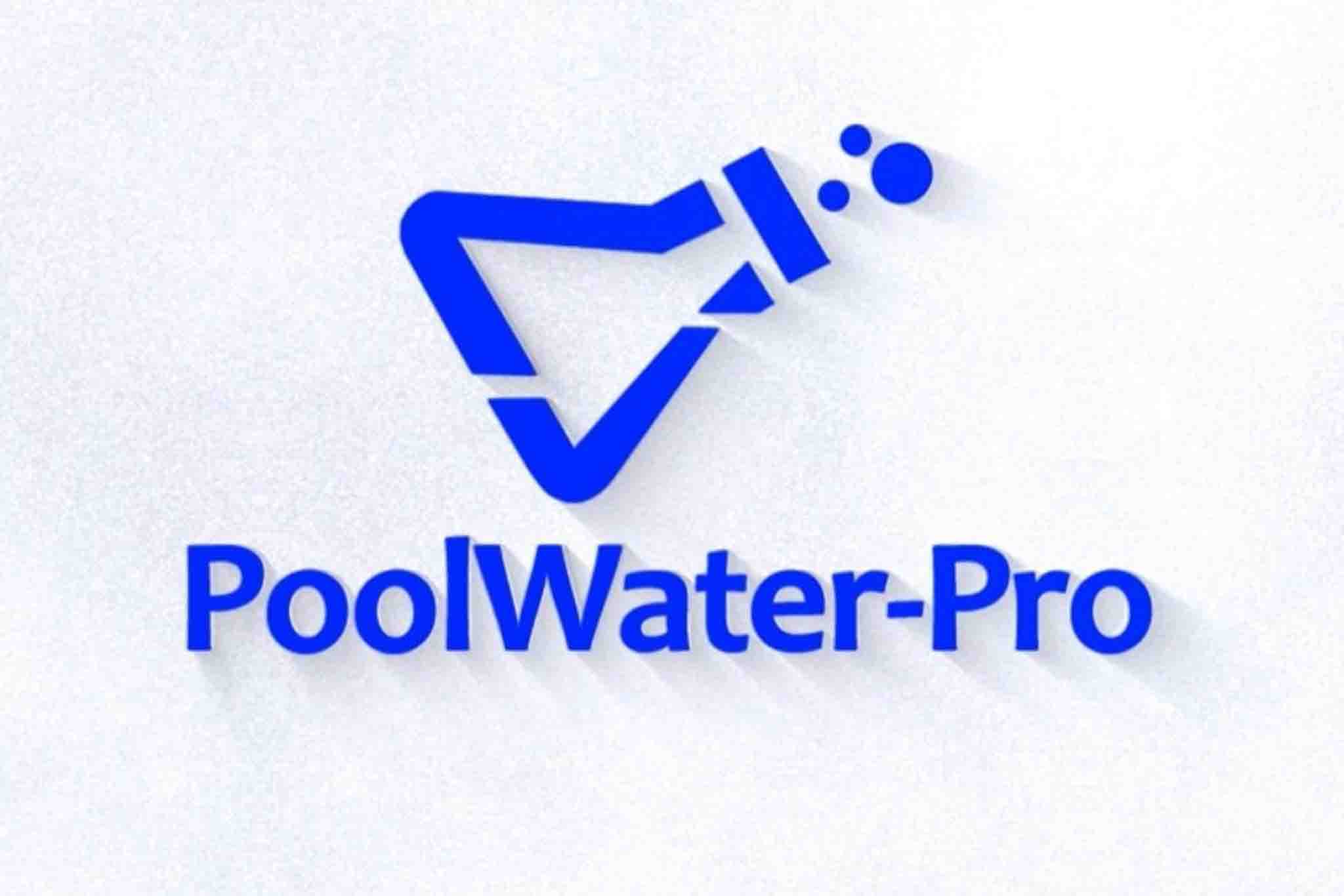
Introducing Effective Solutions
Simplify your pool maintenance routine with POOLWATER-PRO. Our software turns test-strips into accurate digital readings, right from your phone. Get instant alerts to know if your pool is safe to swim, plus any chemicals needed.
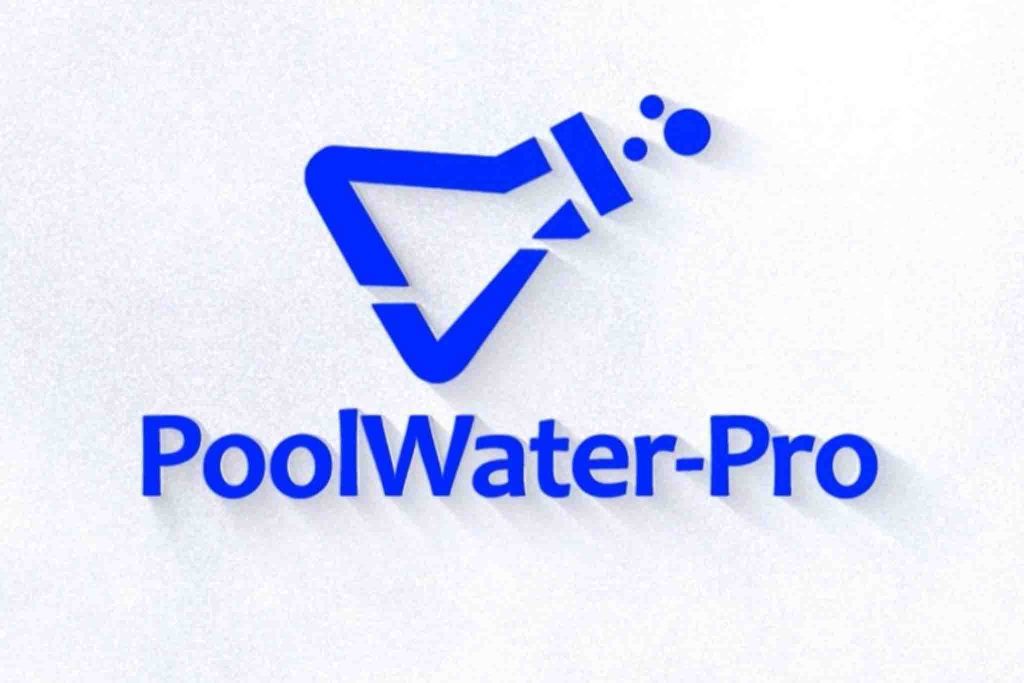
Your Path to Clarity
Watch this quick explainer video to see the platform’s features and how it can make pool care hassle-free.
Watch this quick explainer video to see the platform’s features and how it can make pool care hassle-free.



